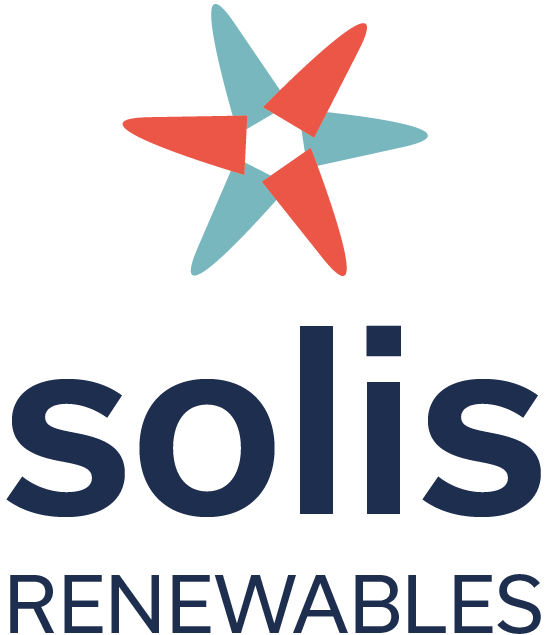The Race to Interconnect: How the US Grid is Struggling to Keep Up with Clean Energy Demand
Renewable energy continues to be a rapidly growing industry in the United States, as evidenced by the latest report from Lawrence Berkeley National Laboratory (LBNL). In 2022, the total capacity of energy projects waiting for approval in interconnection queues increased by 40%, with more than 1,350 gigawatts (GW) of generation and 680 GW of storage awaiting approval. This is a significant increase compared to just a few years ago when interconnection wait times were much shorter. In fact, the typical project completed in 2022 spent five years in the interconnection queue for approval compared to only two years in 2008.
The length of interconnection queues is expected to continue growing due to the recently passed Inflation Reduction Act (IRA), which has piqued the interest of renewable energy project developers. Currently, the total capacity of all projects awaiting interconnection exceeds the capacity of the entire US power generation fleet, highlighting the need for infrastructure improvements. Despite this, two regional transmission organizations, the California Independent System Operator (CAISO) and PJM Interconnection (PJM), have seen fewer projects apply for interconnection due to their queue reform efforts in the last year.
Solar and battery storage projects represent 80% of the new projects added to the interconnection queue, and more than 95% of the capacity in the queue is zero-carbon energy. However, the average wait time for interconnection in 2022 was five years, up from four years for projects built between 2018 and 2022, indicating that interconnection delays remain a core problem in the industry.
One of the main issues driving these delays is the lack of transmission infrastructure. While transmission buildout takes time, near-term deployment of power flow control devices and dynamic line readings may help to add more room on existing transmission lines, allowing new projects to come online faster. Studies show that upgrading transmission lines with the latest technologies could effectively double the capacity of the grid in certain regions by 2025.
The report also shows that wind, solar, and energy storage developers are seeking to interconnect nearly 2 terawatt hours of renewable energy capacity to the US grid, highlighting the need for more transmission infrastructure to support the country's transition to clean energy. While developers often submit multiple projects into interconnection queues, only one in five projects seeking grid interconnection between 2000-2017 were in operation by 2022, with 72% withdrawn. Reforms are being proposed to reduce the number of speculative new interconnection projects and make the interconnection study process less onerous.
In conclusion, while the growth of renewable energy projects is exciting, it is clear that more needs to be done to improve the country's transmission infrastructure. The longer wait times and growing queue lengths are evidence of a bottleneck that needs to be addressed. By focusing on improving transmission infrastructure and streamlining the interconnection process, the United States can continue to lead the way in renewable energy and achieve its clean energy goals.

